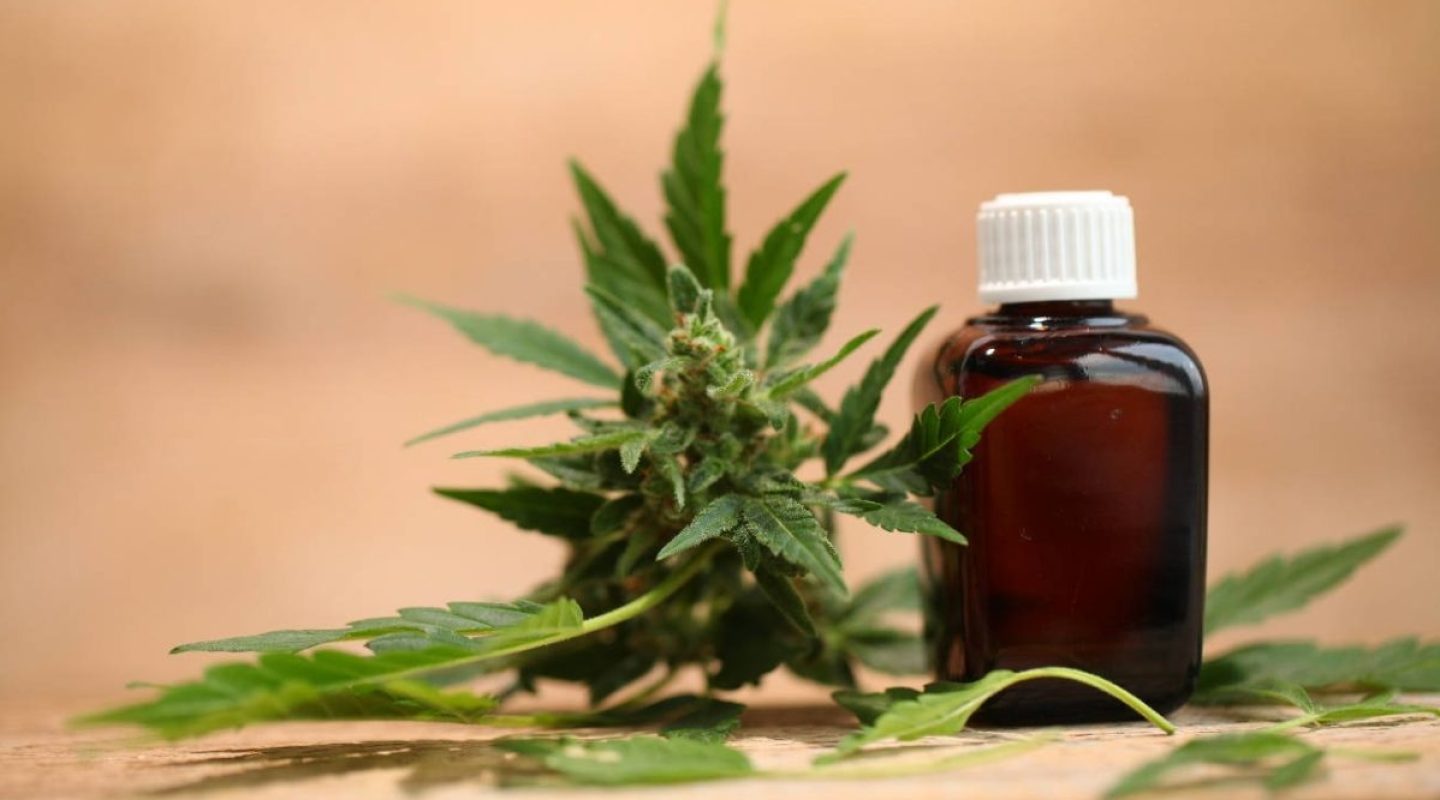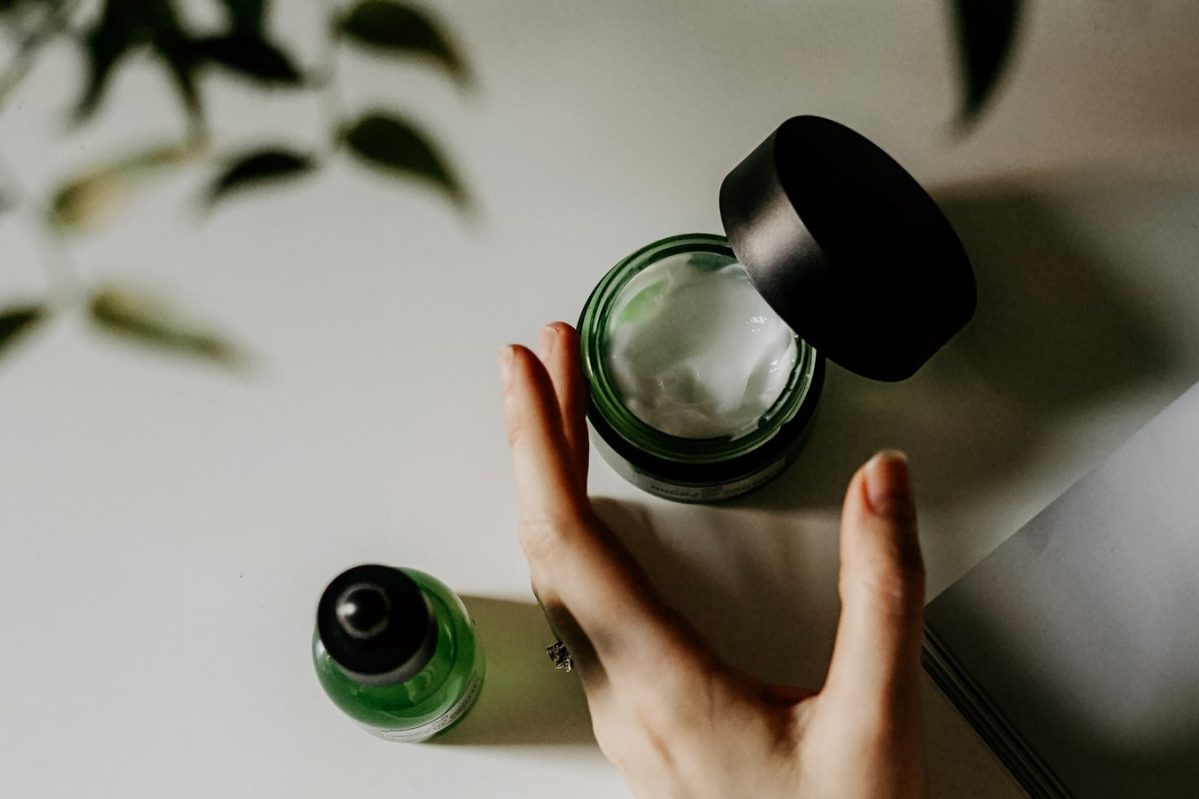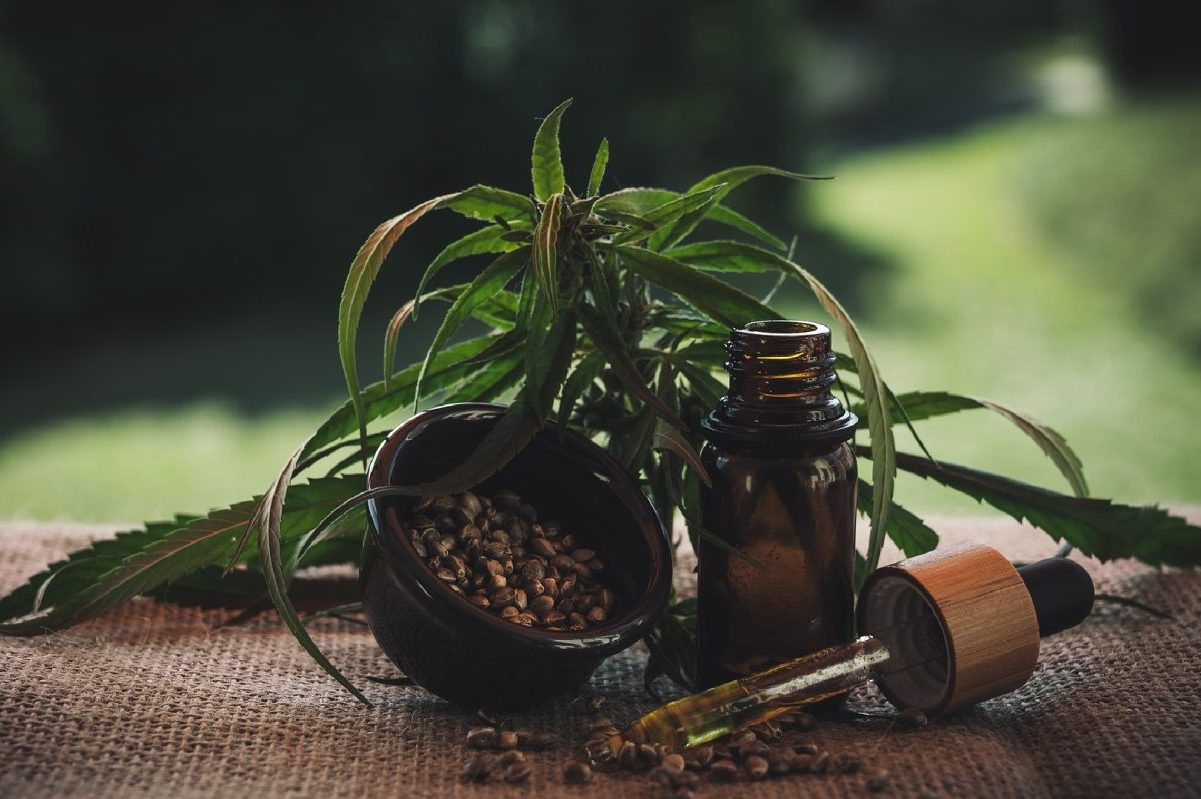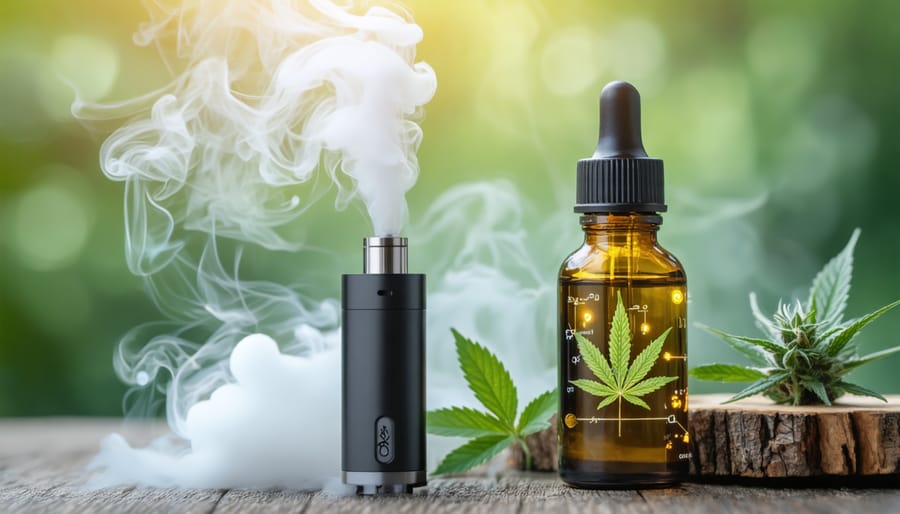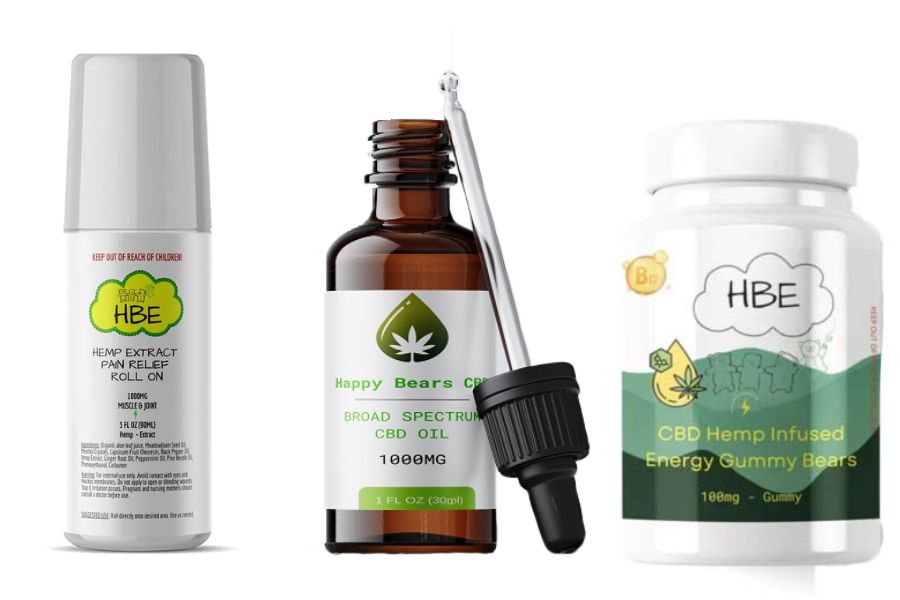CBD oil has emerged as a groundbreaking natural solution for pets, offering relief from anxiety, chronic pain, and inflammation without the harsh side effects of traditional medications. As more veterinarians and Dopeboo Psychedelic Products researchers explore its potential, scientific evidence continues to support CBD’s therapeutic benefits for our four-legged companions. From senior dogs struggling with joint pain to cats battling stress-related behaviors, this hemp-derived compound works by interacting with pets’ endocannabinoid systems – the same biological network that helps …


